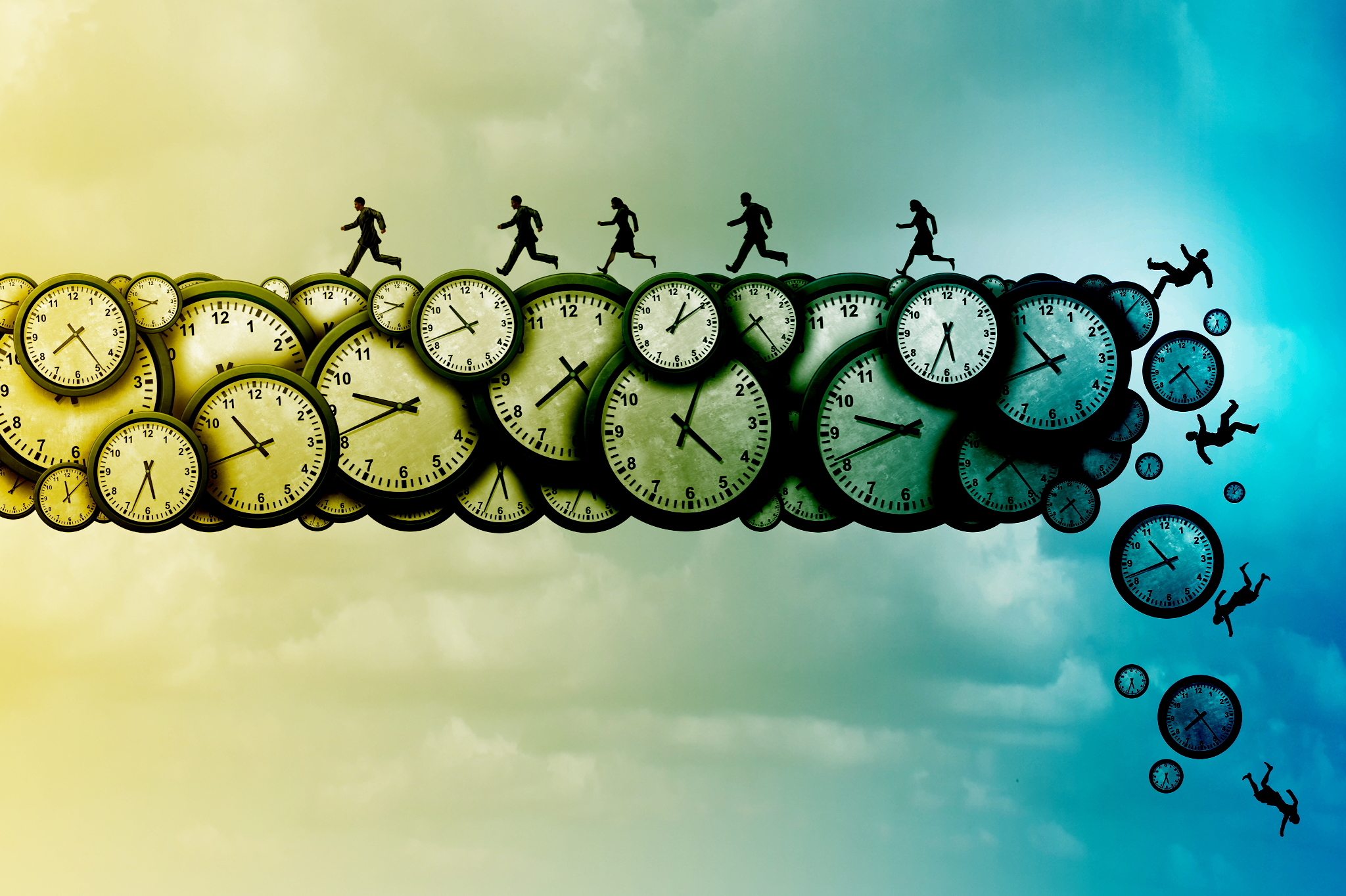
Marie Dumont, Ph.D.
Professor retired since June 2022, Université de Montréal
marie.dumont@umontreal.ca
Training
Post-doctorate in Human Chronobiology (Harvard University, Boston)
Ph.D. in Neuroscience (Université de Montréal)
M.Sc. in Experimental Psychology (Université Laval, Quebec City)
Research interests
Circadian sleep disturbances.
Night work, sleep and health.
Effects of light on sleep and biological rhythms.
Biological rhythms in various medical conditions.
Methodological approaches
Field and laboratory studies; ambulatory measurements of light exposure and the activity-rest cycle (actigraphy); measurement of non-visual light sensitivity and melatonin secretion; controlled light exposure.
Fundings
Canadian Institutes of Health Research: 1991-2007 “Circadian regulation of sleep and vigilance”.
National Science and Engineering Research Council in Canada: 1994-2019 “Role of light in circadian system organization in human”
Selected publications
Duclos C, Dumont M, Paquet J, Blais H, Van der Maren S, Menon DK, Bernard F, Gosselin N. (2020). Sleep-wake disturbances in hospitalized patients with traumatic brain injury: association with brain trauma but not with an abnormal melatonin circadian rhythm. Sleep, 43(1). doi: 10.1093/sleep/zsz191.
Van der Maren S, Moderie C, Duclos C, Paquet J, Daneault V, Dumont M. Daily profiles of light exposure and evening use of light-emitting devices in young adults complaining of a delayed sleep schedule. Journal of Biological Rhythms, 2018; 33(2): 192-202.
Duclos C, Dumont M, Arbour C, Paquet J, Blais H, Menon DK, De Beaumont L, Bernard F, Gosselin N. (2017) Parallel recovery of consciousness and sleep in acute traumatic brain injury, Neurology, 88(3): 268-275.
Moderie C, Van der Maren S, Dumont M. Circadian phase, dynamics of subjective sleepiness and sensitivity to blue light in young adults complaining of a delayed sleep schedule. Sleep Medicine, 2017; 34:148-155.
Dumont M, Paquet J. Progressive decrease of melatonin production over consecutive days of simulated night work. Chronobiology International, 2014; 31:1231-1238.
Dumont M, Blais H, Roy J, Paquet J. Controlled patterns of daytime light exposure improve circadian adjustment in simulated night work. Journal of Biological Rhythms, 2009; 24:427-437.
Dumont M, Beaulieu C. Light exposure in the natural environment: relevance to mood and sleep disorders. Sleep Medicine, 2007; 8:557-565.
Mongrain V, Carrier J, Dumont M. Circadian and homeostatic sleep regulation in morningness-eveningness. Journal of Sleep Research, 2006; 15:162-166.
Projects
Light, biological rhythms and sleep
Light is not just for vision. It also has other biological functions, which is why exposure to light can be used to treat certain sleep and mood disorders. Conversely, inappropriate exposure to light can promote the development of certain diseases.
The overall objective of this NSERC-funded research program is to understand how light is interpreted and used by the human body clock and how exposure to light can cause or treat sleep-wake cycle adjustment problems. We hope that the results may lead to new treatments based on the manipulation of exposure and non-visual sensitivity to light.
Light and night work
Using ambulatory monitors, we measured the 24-hour light exposure of night workers to determine their exposure profile and relate it to their body clock adjustment. We then modeled and tested in the laboratory the most interesting profiles to assess their potential to reduce sleep and vigilance problems in night workers. We also looked at the "toxic" effects of nighttime light exposure on night workers. This question has been addressed both in the field, in real night workers, and under the controlled conditions of a laboratory simulation study. We have identified certain characteristics of light exposure that are associated with a decrease in melatonin production in night shift workers, because such a decrease has been associated with an increased risk of cancer in this population.
Circadian light exposure and sensitivity in people with too late a sleep schedule
This study follows on from our research on chronotypes in the early 2000s. Unlike late chronotypes which consider themselves well adapted even if they tend to go to bed and get up late, some people (especially young adults) do complain that they are not able to bring their sleep schedule forward to meet the demands of a regular work or study schedule. Although this problem is very common, we do not really know the cause (s). In this project, we are evaluating the role of light in this sleep-wake disorder. We are evaluating the light exposure profile, in particular blue light, and circadian light sensitivity, measured in the laboratory by a melatonin secretion suppression test.


